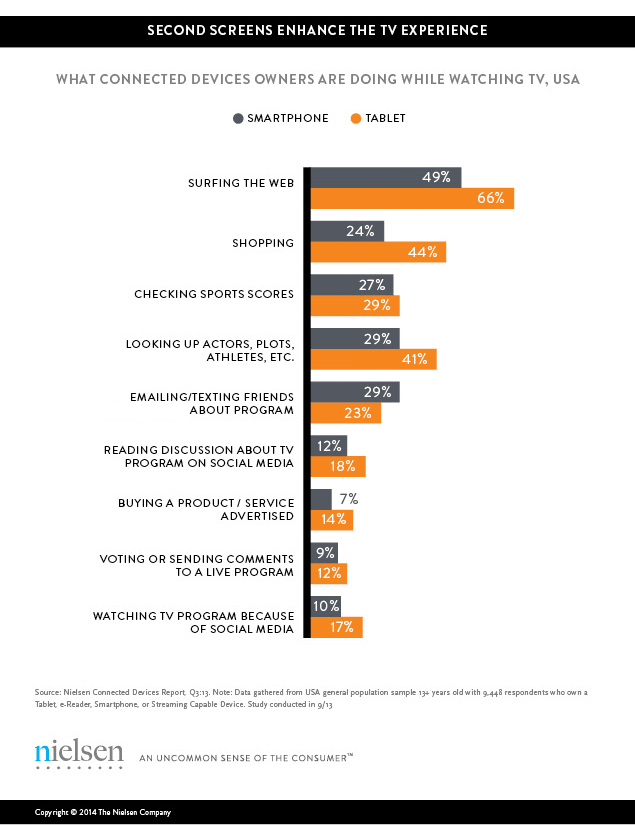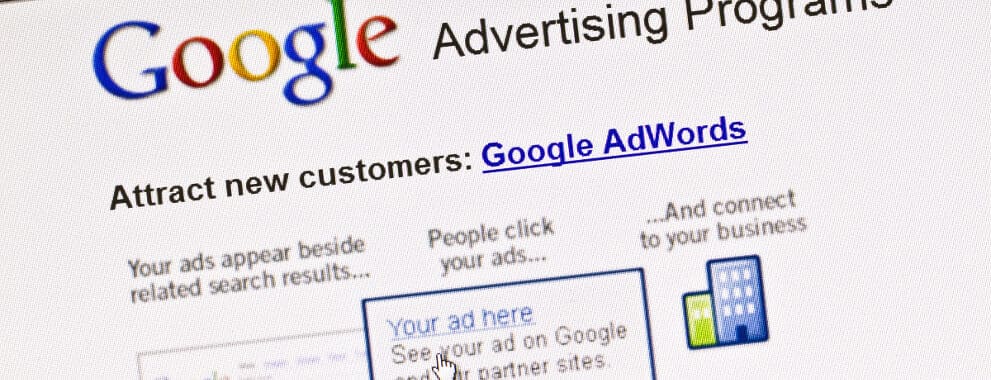By 2019, it is estimated that there will be 5.2 billion global mobile users, up from 4.3 billion in 2014 [source]. As a business, if you’re website isn’t mobile-friendly, you’re doing a disservice to your consumers; but most of all – you are doing a great disservice to yourself. If you’re a marketer and you don’t have some sort of well thought-out mobile marketing strategy, you’re doing a disservice to your clients.
So, why mobile friendly? Why mobile marketing? Why does it matter?

Why Mobile Friendly Websites Matter for Consumers
With the average adult attention span competing with that of a goldfish, businesses need to take a hard look at the mobile friendliness of their website(s). While roughly 68% of companies have integrated mobile marketing into their overall marketing strategy, consider the following statistics, which were recently outlined by Greg Miles of SocialMediaToday:
- 80% of internet users own a smartphone.
- 57% of users say they won’t recommend a business with a poorly designed mobile site.
- 83% of mobile users say that a seamless experience across all devices is very important.
Experience matters just as much as the information, services, and/or products that your business provides. When you consider the very real possibility that someone is viewing your website from a mobile device, it becomes extremely important (if not imperative) that your website measures up.
Making your website mobile-friendly is no small feat, however. Things to keep in mind include:
- Responsive web design
- Click-to-Call phone numbers
- Accessibility across multiple mobile devices
- Layout/Graphic design elements
- Content layout (because it will display differently on mobile devices vs. desktop)
- Other features
- And more
In the interest of saving time and error(s), this is why it may be best to hire a professional Internet marketing company to handle the transition to mobile-friendly. After you’re set up, you can take it and run from there, adjusting things as you go.
Reasons Why Mobile is Better for Marketers
#1 – Mobile marketing allows you to more accurately reach your target audience.
Many cell phone carriers have some sort of geographic awareness, allowing you to know the who, what, where and when’s as it pertains to consumer behavior. Of course, the one thing to keep in mind here is that the mobile device user has to grant location access permission, which would then allow you access to most of this information.
#2 – Mobile devices are prevalent and used frequently.
The majority of mobile users are on their mobile devices ALL OF THE TIME. According to Frank Powell of Mobile Marketer,
Most mobile phone users are within an arm’s reach of their devices over 90 percent of waking hours, including times when other media are not available. With mobile phone penetration near 90 percent for U.S. adults, conversations are possible all the time with everyone.
In other words, there is no reason why you shouldn’t take advantage of being able to reach your target consumers any time, any day.
#3 – Mobile marketing is easily integrated into other marketing efforts.
The information gleaned from mobile marketing campaigns is useful in all other marketing efforts – whether you’re involved in print advertising, television, radio, or organic content marketing. Because you are able to access specific information as it relates to your audience, this proves useful when putting together other marketing efforts.
#4 – Mobile marketing allows for more time sensitive interactions.
Because of the omnipresence of mobile, you can (quite literally) reach out to your target audience at the times when it matters most. Time sensitive interactions like these can also allow you to have more meaningful conversations, making it more likely that a prospect will convert.
#5 – Mobile marketing is more personal.
Because mobile devices are considered personal to the consumer, it is imperative that the marketer establishes/builds trust with prospects before embarking in a full fledged mobile marketing campaign.
Nielsen Data: How Mobile & Tablet Devices Compare While Watching TV
Interested in seeing just how important a role mobile devices play in our lives today? Take a look at the following information, gathered by Nielsen:






 Estimated Reading Time: 2 minutes, 12 seconds. Contains approximately 443 words.
Estimated Reading Time: 2 minutes, 12 seconds. Contains approximately 443 words.